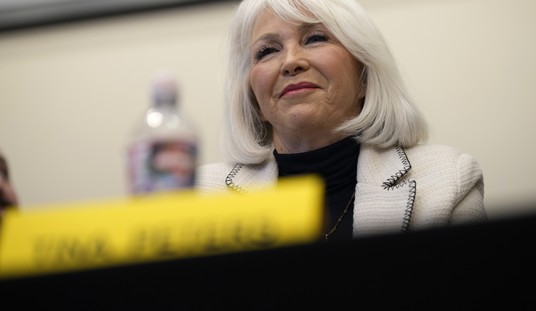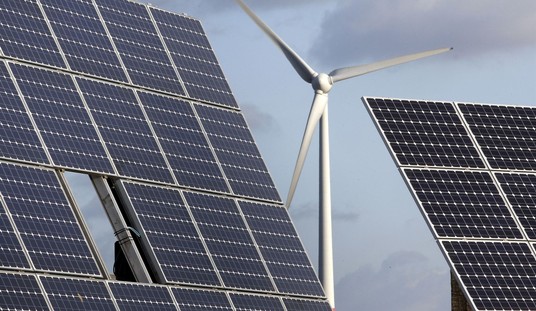It’s Super Tuesday: Northeast Edition as we get close to the end here in the Republican presidential primary. Donald Trump seems poised for a big win, but is there anything that could stop him? He leads the delegate count by a considerable number, but Ted Cruz has been making key plays in delegate elections, setting himself up for a second-ballot upset should the Republican National Convention get that far.
Today, however, is where we get a better look at the inevitability of Donald J. Trump.
The real estate mogul leads in the delegate count with 845 bound delegates – nearly three hundred more than Cruz, who has 559. Up for grabs tonight are delegates in Pennsylvania, Maryland, Delaware, Rhode Island, and Connecticut – a total of 172. A total sweep isn’t likely in any of the states, but a solid showing by Trump will make a lot of people nervous.
The States
The territory – the northeastern states where Ted Cruz was never expected to do well – under normal circumstances would be ripe for John Kasich. These moderate-to-liberal-leaning Republicans are his people. However, the mere existence of Trump, a man from the northeast and someone who has somehow up-ended the natural order of politics (in a less-than-positive way), means that Kasich will have to fight very hard for the votes in these states. Cruz’s best chances lay in Pennsylvania, the only state where he is consistently polling in second place (however, he is still at best 14 points behind Trump, mind you – more on the polling below).
Cruz’s best states may ultimately be behind him, but a joint effort between he and Kasich seem to be their last hope to keep Trump from getting the 1,237 delegates that would ensure him a first ballot win in July.
The Polling
As mentioned above, the polling looks great for Trump and bad for everyone else. Over at RealClearPolitics, the averages are all at least 20 points in his favor.
In Pennsylvania, the average is at about 20 points separating Trump and Cruz. Trump has only broken 50% in one of those polls, but has been close in two others – a 48% and 49% – at minimum an 8-point jump in a matter of weeks. One Maryland poll has Trump over 50%, while two others have him in the 40s.
However, Trump’s best states are the remaining three. Mind you, Delaware only has one poll out there, and in the other two states, Trump’s biggest leads are shown in polls from Public Policy Polling. Not that it’s likely Trump is actually in danger of being overtaken by Kasich, but it’s incredibly difficult to determine where the final numbers will actually go – we expect Trump to pretty much sweep the night, but we have no idea by how much.
The Process
As the voters go to the polls, the rules for each state (as they are wont to do) vary wildly. Here are the basics:
- Pennsylvania – Winner-take-all in the statewide delegate race, but a loophole primary for the districts. It’s also a closed primary, which on average have produced worse results for Trump than open primaries.
- Maryland – A basic winner-take-all in both statewide and district results, along with a closed party primary.
- Connecticut – This state is a winner-take-most state. Also closed party.
- Rhode Island – A proportional delegate primary, with a modified party primary system (meaning major party voters have to stick to their party, but independents can vote in whichever party primary they want).
- Delaware – Winner-take-all, and a closed party primary.
Analysis
While we expect Trump to win, by how much will be the interesting question. Four of the states, including the big one – Pennsylvania – meaning a good ground game by the other two candidates could throw a wrench into Trump’s plans. Rhode Island is the only state that will allow independents to vote in a major party’s primary, which could end up being where we see Trump’s largest margin of victory.
If you are #NeverTrump, it will not be a good night for you. The bright spots will come in the form of lower Trump turnout/support where the closed primaries are concerned.













Join the conversation as a VIP Member